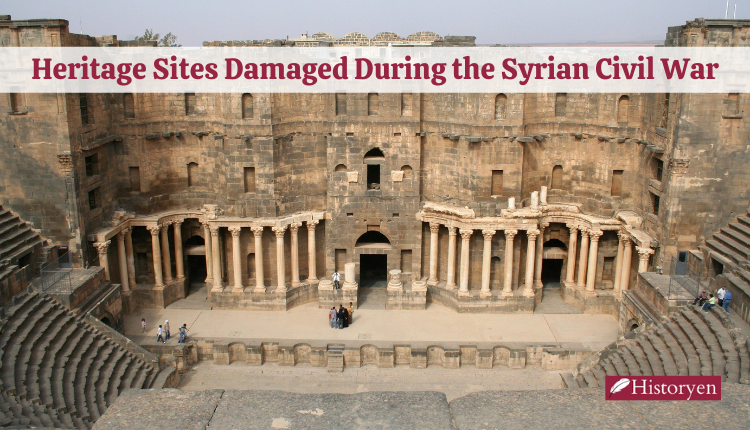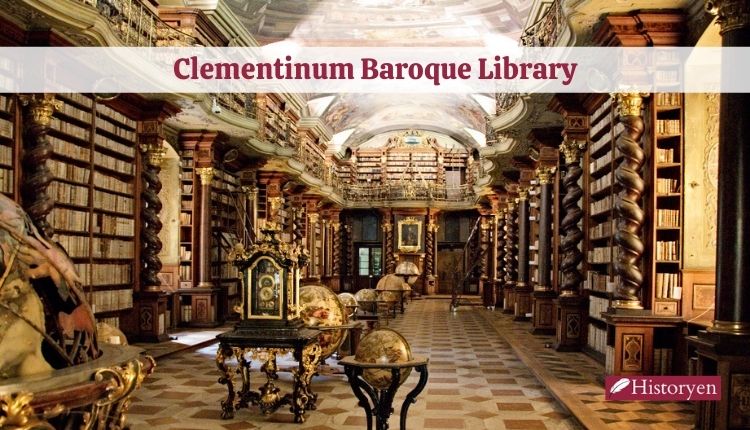Introduction
The Brihadeeswarar Temple, also known as the Peruvudaiyar Kovil or Rajarajeswaram, is an ancient Hindu temple located in Thanjavur, Tamil Nadu, India. This temple is a testament to the architectural brilliance of the Chola dynasty and stands as a remarkable symbol of spiritual significance. In this article, we will explore the captivating history, architectural wonders, cultural impact, and mysteries surrounding the Brihadeeswarar Temple.
Historical Background of Brihadeeswarar Temple

The Brihadeeswarar Temple, also known as the Peruvudaiyar Kovil or Rajarajeswaram, is an ancient Hindu temple located in the city of Thanjavur, in the state of Tamil Nadu, India. The temple was built during the reign of the Chola dynasty, one of the most powerful and influential dynasties in South India. It was constructed by the great Chola king, Raja Raja Chola I, who ruled from 985 AD to 1014 AD.
The idea of building this magnificent temple was born out of Raja Raja Chola’s deep devotion to Lord Shiva. He aimed to create a grand structure that would serve as a symbol of his piety and a center of worship for generations to come. The construction of the temple commenced in 1003 AD and was completed in 1010 AD, taking a total of seven years to finish.
The temple was designed and constructed by a team of skilled architects, engineers, and craftsmen under the supervision of the king himself. The Chola dynasty was renowned for its patronage of art, culture, and architecture, and the Brihadeeswarar Temple was one of their most ambitious projects. It was built entirely of granite, an impressive feat considering the sheer size and weight of the stones used.
The temple’s architecture reflects the pinnacle of Dravidian temple architecture, characterized by its tall vimana (tower) and intricate carvings. The vimana, which rises to an imposing height of around 66 meters, is one of the tallest in the world and dominates the temple complex. The intricate carvings on the walls and pillars depict various scenes from Hindu mythology, as well as the life and achievements of Raja Raja Chola I.
During its heyday, the Brihadeeswarar Temple served not only as a religious and spiritual center but also as a hub for cultural and social activities. It was a place where dance, music, literature, and scholarly pursuits flourished. The temple complex was not limited to just the main shrine but also included various other structures, such as mandapas (pillared halls) and gopurams (entrance towers), adding to its grandeur.
Over the centuries, the temple faced various challenges, including natural calamities and invasions. Despite these adversities, the Brihadeeswarar Temple has managed to stand the test of time, thanks to the efforts of subsequent rulers and restoration initiatives.
Today, the temple continues to attract millions of tourists and devotees from around the world. Its architectural brilliance, rich history, and spiritual significance have earned it the status of a UNESCO World Heritage Site. The Brihadeeswarar Temple remains a symbol of India’s cultural heritage and an embodiment of the Chola dynasty’s artistic and architectural achievements.
Architectural Marvels of the Brihadeeswarar Temple

Magnificent Gopurams
The temple’s main attraction lies in its towering gopurams (entrance towers). The grandest among them is the Keralantakan Tiruvasal, a towering 66-meter structure that greets visitors with intricate carvings of deities and mythical creatures.
The Grand Nandi Statue
As one enters the temple complex, they are greeted by a majestic monolithic Nandi (sacred bull) statue, carved out of a single stone. This 13-feet-high and 20-feet-long statue is a symbol of strength and devotion.
Intricate Carvings and Sculptures
The Brihadeeswarar Temple boasts of exquisite carvings and sculptures on its walls, depicting various scenes from Hindu mythology and the Chola dynasty. The level of detailing and craftsmanship in these carvings is awe-inspiring.
Significance and Religious Importance of Brihadeeswarar Temple
Lord Shiva as Brihadeeswarar
The presiding deity of the temple is Lord Shiva, worshipped as Brihadeeswarar. Devotees from all over the world visit the temple to seek blessings and experience a sense of spiritual fulfillment.
Festivals and Celebrations of Brihadeeswarar Temple
The temple comes alive during various festivals, with the grandest celebration being Maha Shivaratri. During this time, the temple is adorned with vibrant decorations, and devotees participate in elaborate rituals and processions.
Restoration and Preservation Efforts
Over the centuries, the Brihadeeswarar Temple faced natural disasters and the test of time. Nevertheless, it has undergone several restoration efforts to preserve its original glory and heritage.
Visiting the Brihadeeswarar Temple

Location and Access of Brihadeeswarar Temple
The temple is situated in Thanjavur, a city rich in history and culture. It is well-connected by road and rail, making it easily accessible to tourists and devotees alike.
Entrance Fee and Timings
Tourists and visitors can enter the temple complex by paying a nominal entrance fee. The temple remains open from early morning to late evening, allowing ample time for exploration and worship.
The Temple’s Influence on Art and Culture

Influence on Dravidian Architecture
The Brihadeeswarar Temple’s architectural style and design have significantly influenced subsequent Dravidian temples in South India. Its towering vimana (tower) and intricate artwork have been emulated in many other structures.
Cultural Impact on Tamil Nadu
The temple’s historical and cultural significance has woven itself into the fabric of Tamil Nadu’s heritage. It continues to inspire artists, poets, and scholars, contributing to the region’s artistic and intellectual legacy.
Legends and Mysteries Surrounding the Brihadeeswarar Temple
The Shadowless Tower Mystery
One of the most intriguing mysteries surrounding the temple is the absence of any shadow cast by the main tower at noon. Many have tried to unravel this enigma, but it remains unsolved.
Building the Temple Without Wheels
Legend has it that the massive stone blocks used to construct the temple were transported without the use of wheels or animals. The engineering marvel behind this feat continues to fascinate historians and architects.
The Secret Underground Passage
Rumors persist about a hidden underground tunnel that leads to a distant location. Whether this is a mere legend or a concealed passage, it adds an air of mystery to the temple’s history.
Symbolism and Sacred Geometry
The Brihadeeswarar Temple embodies sacred geometric principles, with its layout and architecture aligning with cosmic harmony. The temple’s design reflects a deep understanding of sacred geometry and its significance in Hindu mythology.
Brihadeeswarar Temple in Modern Times
UNESCO World Heritage Site
In 1987, the Brihadeeswarar Temple was recognized as a UNESCO World Heritage Site, further cementing its status as an invaluable cultural treasure.
Tourist Attraction and Pilgrimage Site
Today, the temple attracts both history enthusiasts and religious pilgrims, offering a unique experience that combines architectural wonder and spiritual solace.
Conclusion
The Brihadeeswarar Temple stands as a living testament to the glorious Chola dynasty and their architectural prowess. With its breathtaking beauty, rich history, and deep spiritual significance, it continues to captivate the hearts of people from all walks of life. Visiting the temple is an awe-inspiring journey back in time, experiencing the splendor of ancient India and its devotion to the divine.



